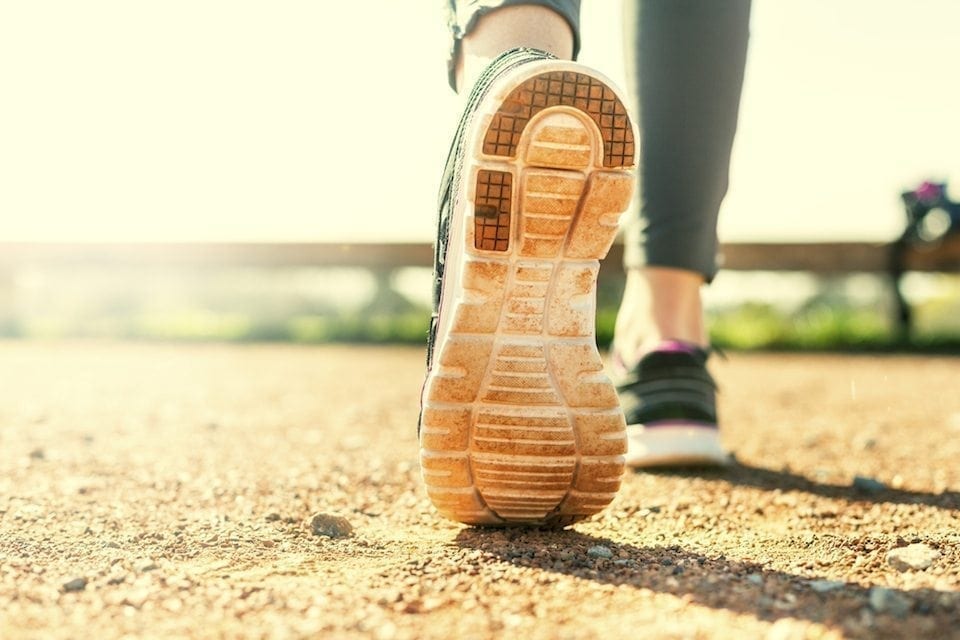Running backward is a training staple for basketball stars, soccer standouts and tennis legends like John McEnroe, who famously trained by running up hills in reverse. It can be an effective strategy for preventing and recovering from stress injuries, improving balance and performance, and burning extra calories. And you don’t have to be a pro athlete to benefit.
Reverse running increases cardiovascular stamina and aerobic capacity similar to doing hill repeats or speed intervals because it is more demanding than forward running—using 30 percent more energy than running forward at the same speed.
It also lessens the shock produced by your foot hitting the ground, say biomechanics scientists from the University of Milan in a 2011 report from the Royal Society’s Proceedings B, because the initial “contact with the ground takes place with the front of the foot, not with the heel,” says lead researcher Giovanni Cavagna.
Backward running can help those recovering from injuries aggravated by forward running, as well as athletes who play sports requiring backward movement.
Use caution when changing direction because there’s a higher risk for fall-related injuries. Never practice on equipment such as a treadmill or elliptical machine. And when on the street or track, do the backward stride alongside a buddy who is running forward and can be your “eyes.”
Planning to try this? Share your thoughts in the comments below!




